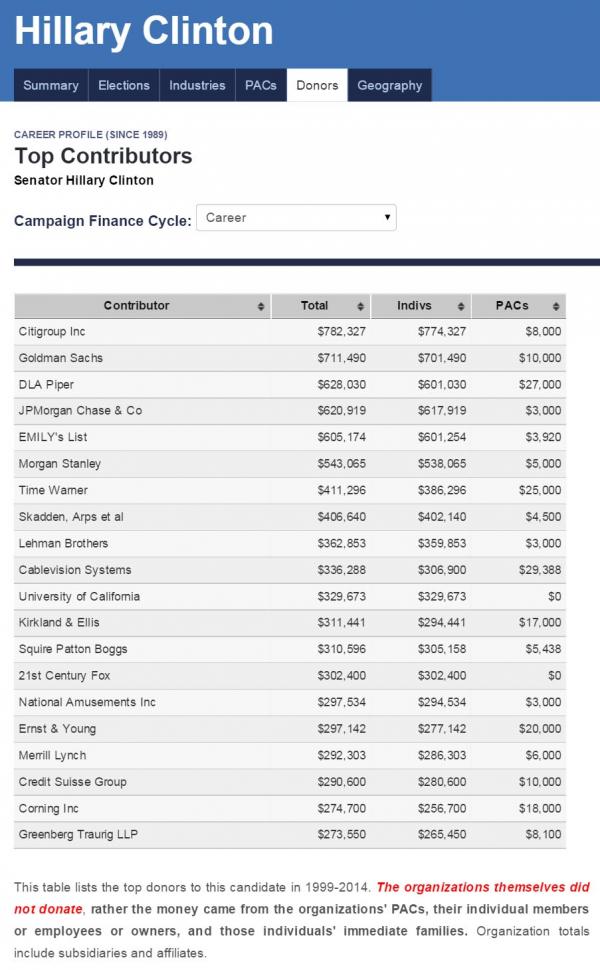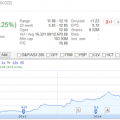With the Nasdaq crossing the 5,000 threshold for the first time since the dot-com boom and the broader equity bull market entering its seventh year, many investors are once again anxious that stocks are in a bubble. Is it time to get out of stocks? For long-term investors, we think they should consider staying invested. The greater near-term danger may be somewhat more prosaic: a more aggressive Federal Reserve (Fed).
That Was Then; This Is Now.
There are lots of differences between the stock market today and 15 years ago. Back at the peak in 2000, the S&P 500 Index traded at roughly 30 times trailing earnings, while the Nasdaq was fetching a sobering 175 times. Today, those figures are 18.5 and 31, respectively. That’s not cheap, but certainly much less extreme. Valuations outside the United States look even more reasonable, as the MSCI All Country World Index ex-U.S. is trading at roughly 16 times trailing earnings.
Also, the yield on the 10-year Treasury note was over 6{01de1f41f0433b1b992b12aafb3b1fe281a5c9ee7cd5232385403e933e277ce6} 15 years ago versus roughly 2{01de1f41f0433b1b992b12aafb3b1fe281a5c9ee7cd5232385403e933e277ce6} today, making the risk premium of stocks versus bonds much higher today than it was then. Of course, none of this is to say a bear market can’t occur, but overall, a healthy earnings environment has kept valuations from approaching the levels that marked the peak back in 2000.
Good News Can Be Bad News.
Meanwhile, the U.S. job market showed strength with much greater-than-expected job gains for February, eclipsing ongoing weaknesses in wage and workforce growth. Two million new jobs have been created over the past seven months. But this unexpectedly sanguine report was a reminder that the beginning of a Fed tightening cycle could be near, and the subsequent selloff is a clear sign that the U.S. market is vulnerable to higher volatility in the near term, even though we like the long-term prospects of stocks.
The prospect for an earlier-than-expected Fed hike pushed interest rates higher last Friday. The two-year Treasury yield broke above 0.70{01de1f41f0433b1b992b12aafb3b1fe281a5c9ee7cd5232385403e933e277ce6} while the 10-year yield climbed above 2.25{01de1f41f0433b1b992b12aafb3b1fe281a5c9ee7cd5232385403e933e277ce6} for the first time since late December. Other rate-sensitive assets (e.g. utilities, gold) sold off as well, and the rotation out of defensive names into more cyclical companies is evident in recent fund flows. We expect this rotation to persist and continue to advocate that investors underweight bond market proxies, like utilities, instead favouring cyclical growth companies, which should benefit from a stronger economy
Source: Bloomberg.
Russ Koesterich, CFA, is the Chief Investment Strategist for BlackRock and iShares Chief Global Investment Strategist. He is a regular contributor to The Blog and you can find more of his posts here.
© 2015 BlackRock Asset Management Canada Limited. All rights reserved. iSHARES and BLACKROCK are registered trademarks of BlackRock, Inc., or its subsidiaries in the United States and elsewhere. Used with permission. iSC-1658
SOURCE: BlackRock Blog | Global Market Intelligence – Read entire story here.



